Note to readers: This post was written in December of 2011. PLEASE do not ask me why I eat ‘this’ or why I don’t eat ‘that’ — as what is shown here does not necessarily reflect what or how I eat today (or more importantly, how you should eat). My diet evolves constantly, due to my constant tweaking and self-experimentation. Over time, I’ll share it here and there, but what I eat is not at all the focus of this blog. I ask that you refrains for pursuing questions about what I eat in the comment section.
Once people start to “get it” with respect to why carbohydrate reduction, or all-out restriction, leads to good things, the inevitable question I’m asked is, “So….what exactly do you eat?” I’m always a bit hesitant to get into this. It’s sort of like asking a pilot, “So…how do you fly this plane?” It’s a great question, but probably the wrong first question.
For many people it’s so overwhelming to contrast what they currently eat – probably a typical American diet of 500-600 daily grams of carbohydrates (200 grams of which are sugar) – with a diet of less than 50 daily grams of carbohydrate, which is what I consume. Remember, what I’m showing you here is what I have been eating for about the last 7 months. For the first 20 months of my nutritional transformation, I was gradually reducing carbohydrate intake from about 600 daily grams to 300 daily grams to 150 daily grams.
It’s really important to understand that carbohydrate reduction is a continuum. There is no “right” amount of carbohydrate to eat. Let me illustrate this with the following “2 by 2” matrix, below (sorry, once a consultant, always a consultant). When asking the question, “How much should I reduce my intake of carbohydrates?” it’s a good idea to start with two broader questions:
- What is my inherent level of insulin resistance?
- What are my goals?
There are technical ways to quantify the answer to the first question, which I will detail in future posts. However, the simple version of determining your inherent amount of insulin resistance is checking how many criteria of metabolic syndrome are present. In other words, are you overweight? Is your waist large? Is your blood pressure high? Do you have elevated blood glucose or triglycerides (these are determined from a standard blood test)? Do you have low HDL cholesterol? For the purpose of this question, even responding “yes” to one of these questions means you are predisposed to being insulin resistant. I was a “yes” to 3 of these questions.
Consider this matrix, and let’s use me as an example.
- How predisposed am I to insulin resistance? One look at a picture of me in my non-lean state, coupled with an understanding of my family history, and it’s clear I didn’t hit the genetic lottery with respect to insulin resistance. Hence, I am towards the right of graph.
- What am I optimizing for? Some folks want to lose 15 pounds. Others want to have fewer swings in daily energy level, or stop taking their blood pressure medicine. In my case, I want to maximize as many variables as possible: I want to be as lean as I can; I want to cure my insulin resistance; I want to be sure I never have a single symptom of metabolic syndrome; I want to do everything I can to avoid cancer and Alzheimer’s disease; I want to be metabolically flexible. Hence, I am towards the top of the graph.
As you can see, based on my poor genes and lofty goals, I find myself in the upper right square, which means I need to adopt the greatest amount of carbohydrate restriction. My wife, in contrast, has good genes, coupled with high goals, placing her in the upper left box. As a result of this combination, she does not need to restrict carbs as much as I do. If her goals were even more modest, she could get away with very little reduction in carbohydrates – probably just reducing sugar without much reduction in starch.
Below is a picture of a few of the foods you’ll typically find in my refrigerator. Note that on average I consume about 4,000 to 4,500 calories per day. I get this from approximately 400-425 grams of fat, 120-140 grams of protein, and 30-50 grams of carbs. In addition, there are a number of supplements I consume daily, which I describe in the table below. In future blog posts I will go into greater detail as to why I consume each of these supplements, but for now I’ll give a very quick explanation.
Finally, note that under no circumstance do I ever count calories (for the sake of limiting them). When I was first transitioning into ketosis I did need to count how much carbohydrate and protein I was consuming – anything over about 50 grams of carbs and 150 grams of protein makes it difficult to generate sufficient ketones – but I do not ever count calories for the sake of restricting them. I eat when I’m hungry. I don’t eat when I’m not hungry.
Regular supplements I consume every day
*I will be writing a great deal about the role of omega-6 and omega-3 fatty acids in our diet in subsequent posts. However, if you want a quick (albeit high-level and not overly nuanced) overview of the topic, take a look at what Dr. Andrew Weil and Livestrong have to say about it.
One last point on supplements – I do not take a multivitamin at this time, but I am looking into it a bit more closely. My concern is that 1) they may not be necessary when you remove glucose from your diet (I’ll write about why in the future), and 2) they may actually do direct harm, as a result of contaminants.
Ok, at long last, here is a list of what I ate over the past 5 days (excluding water, still and sparkling, which I consume about a gallon of each day)
Wednesday
Breakfast: “Fat shake” (In a blender: 8 oz heavy whipping cream, 8 oz sugar-free almond milk; 25 gm sugar-free hydrolyzed whey protein, 2-3 frozen strawberries)
Lunch: About 4 or 5 oz of assorted cheese (Gouda, Swiss, Manchego), 2 or 3 oz olives, about 4 oz of particularly fat salami and pepperoni
Late afternoon: About 2 oz of mixed nuts (almonds, walnuts, peanuts), large latte (latte made with heavy fat cream instead of milk) at Peet’s
Dinner: Garden salad with olive oil (lots of extra oil) and balsamic vinegar dressing, about 6 oz grilled salmon with a lot of butter and lemon juice
Thursday
Breakfast: Scrambled eggs (6 yolks, 3 whites**, with added heavy fat cream) cooked in coconut oil, 3 or 4 sausage patties (be sure to look for brands not cured in sugar).
Coffee with homemade whip cream (heavy fat cream hand whipped)
Lunch: Half chicken (thigh, breast, wings) with lots of skin; about 2 oz of Gouda and aged-cheddar
Dinner: Wedge blue cheese salad with bacon; 12 oz prime rib with lots of butter; 5 or 6 pieces of asparagus coated in butter
Coffee with half and half cream, 2 cups (the restaurant did not have heavy cream, so I had to settle for half-and-half)
**The reason I typically minimize egg whites, at least when making my own eggs, is to ensure I keep protein intake under about 125 grams per day. Ketosis is pretty easy to attain if one is eating, say, 2500 calories per day. However, given my caloric demands – and the requirement that I keep protein intake limited – I really need to go out of my way to ensure I’m not eating too much protein. I will be writing about this in much greater detail in a future post.
Friday
Breakfast: Whole fat latte at Starbucks (made same as above), scrambled eggs (about 4 eggs), bacon (high fat pieces), slice of Swiss and slice of cheddar (since I was eating in the airport, the scrambled eggs were made “normally,” not with the additional fat I use when making my own)
Lunch: About 4 oz of especially fat salami and pepperoni, about 2 oz Parmesan cheese
Dinner: Ground beef sautéed with heavy cream, onions, broccoli, and melted cheese
2 large cups of decaf coffee with homemade whip cream (heavy cream whipped with a touch of xylitol)
Saturday
Breakfast: Scrambled eggs (6 yolks, 3 whites, with added heavy fat cream) cooked in coconut oil, 3 or 4 pieces of especially fat bacon (not cured in sugar), about 3 oz of cream cheese
2 cups of coffee with heavy cream
Lunch: Tomatoes with basil and mozzarella and balsamic vinegar and olive oil, about 2 oz raspberries with homemade whip cream
Dinner: Leftover ground beef sautéed from previous night, salad with homemade cream dressing (whole fat Greek yogurt, olive oil, basil, blue cheese, garlic)
1 cup of decaf coffee with homemade whip cream
Sunday
Breakfast: Omelet (6 yolks, 3 whites, coconut milk, sautéed onions) cooked in coconut oil, 4 or 5 pieces of the fattest bacon I can find
2 cups of coffee with heavy cream
Lunch: Plate of assorted cheeses (aged Gouda, Swiss loaf, aged Parmesan – about 3 oz), about 2 oz salami, about 1 oz olives
Dinner: Cream of mushroom bacon soup (heavy cream, chicken broth, shredded Parmesan cheese, mushrooms, chopped bacon, garlic, butter, chopped papers, various spices), leg of lamb (baked in sauce made of red wine, balsamic vinegar, diced tomatoes, garlic, and a lot of spices)
2 cups decaf coffee with homemade whip cream (as above)
So there you have it — 5 days in the eating life of Peter Attia. This may look a bit strange, relative to what you may be eating now, but remember, I’m at the far end of the spectrum – i.e., nutritional ketosis. You may just be starting your own journey of reducing carbohydrates, but I hope this gives you an idea of what I eat. In particular, what probably stands out is:
- I go to great lengths to avoid sugar which, unfortunately, shows up in virtually every highly processed food.
- I eat zero starch (e.g., bread, cereal, rice, crackers, pasta).
- I consume only modest amounts of fruit (one serving per day, at most, and only in the form of berries, which contain the least amount of fructose).
- I eat vegetables, but primarily because they are a great way to get more fat (e.g., high-fat salad dressings, butter), not because I “need” them.
- I go out of my way to eat as much fat as possible, especially monounsaturated and saturated fat (the only fat I avoid is omega-6 polyunsaturated fat).
- I have a few “go to” meals that I eat several times per week. I do this because I really like them and it’s quick and easy make them. Yours need not be the same!
Photo by Glen Carrie on Unsplash

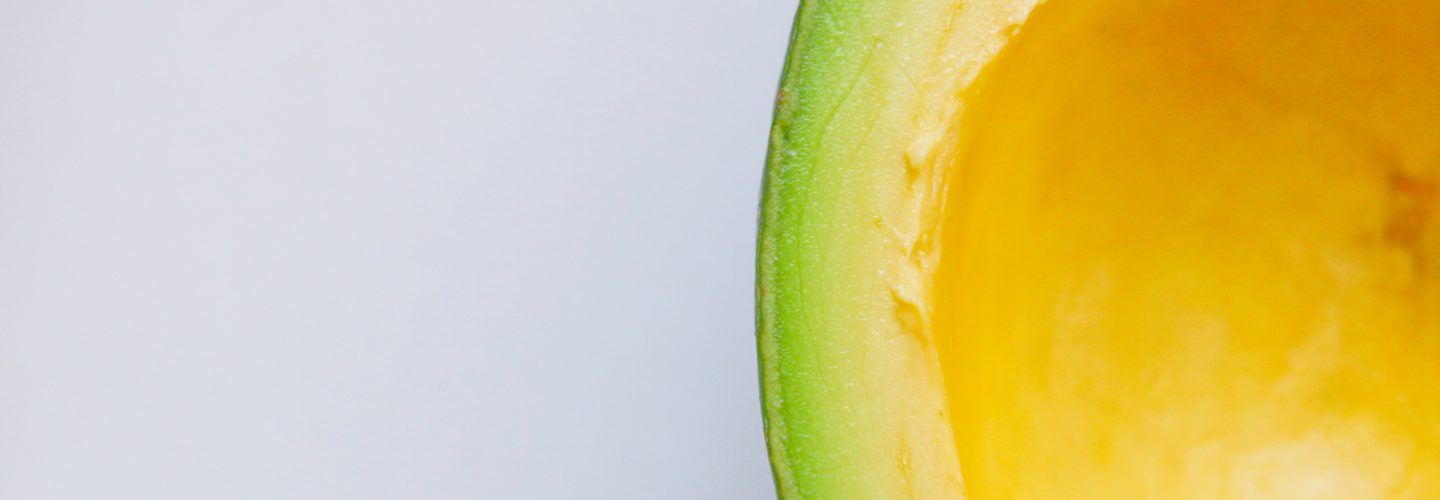
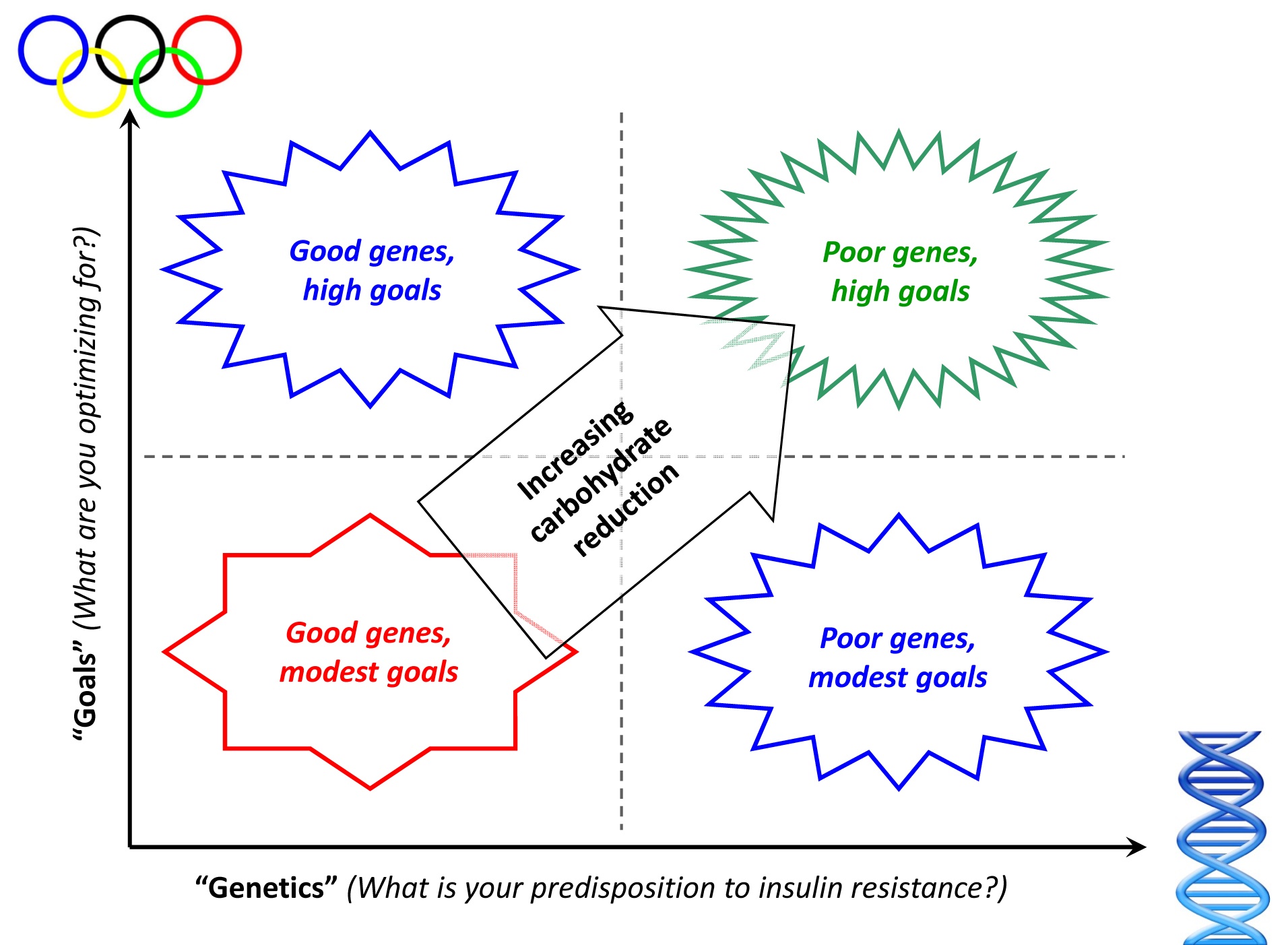

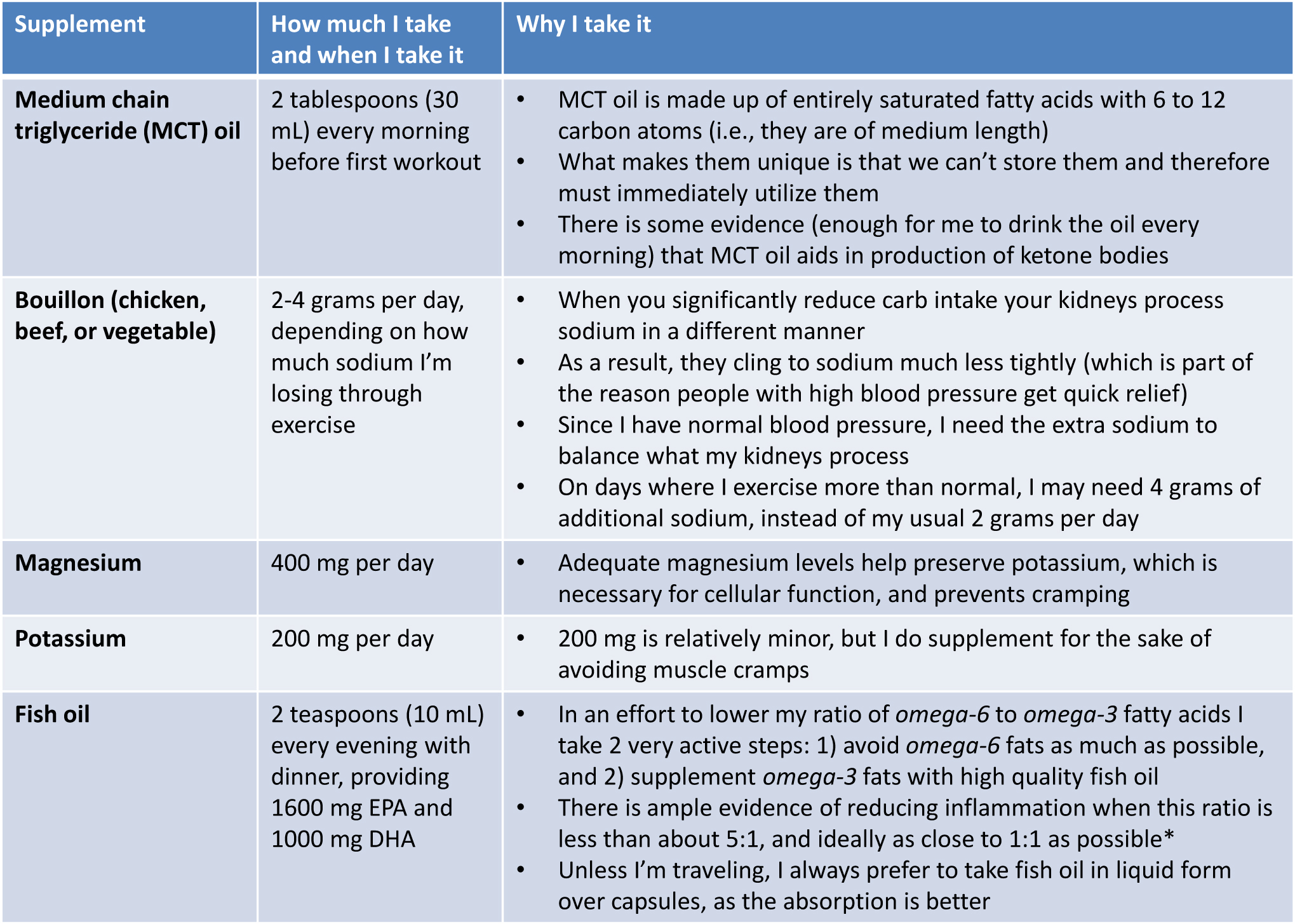

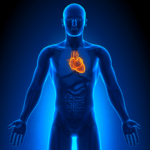
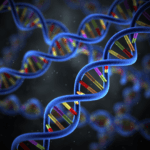
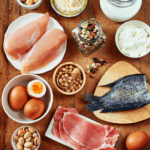
Peter,
I have been eating a low carbohydrate, high fat meal plan for the past 11 months now. However, for the purpose of enhancing anabolism by maximizing production of GH, IGF-1 and testosterone, and optimizing insulin, I allow myself one large starchy carbohydrate meal consisting of sweet potato or white rice, once every 4th day. Approximately 150gms of Carbs total. During this carb load meal I purposely keep fats low, as I know that when insulin is high – as it is during a carb load – fat intake serves no benefit, as partitioning hormones have a greater chance of direct dietary fat into fat stores as opposed to being burned as a fuel source. Being an athlete, I find this single carb load meal to have brought about great benefits. A single carb load meal once every 4th day allows me to maximize the benefits of insulin without any of the negative benefits, as once I use this insulin spike to force amino acids into my muscles, I revert back to the low carb high fat meal plan. It has allowed me to build muscle, while still being primarily a fat burner. Any chance you would be willing to experiment with a cyclic meal plan similar to the one I am eating? You might find like I did that one high carb meal every several days may bring you benefits.
Rudee
Rudee, that sounds very interesting. I’m always up for new experiments. Maybe I’ll give it a try some time.
Do you eat protein with this carb meal? Any fat at all? And how much/many potatoes/rice? Thanks!
You mention bacon on your diet. Did you know along with other products (nitrates,salt) it is also injected with sugar? I’d check the label if I were you!
You can find bacon that does not have sugar, but you can’t find any that doesn’t have nitrates. The ones that claim to be nitrate-free contain nitrates from vegetables, usually celery seed, which is the exact same chemical. The manufacturers have actually petitioned the USDA to let them tell the truth about what is in their bacon, because they are required to say “no nitrates” on the label if they don’t use the standard chemical form, even though it may have even more.
Vegetables are the biggest source of nitrates in the diet, by the way, and if you want to avoid them, you should not eat green vegetables.
Hi Peter.
All the low-carb experts seem to recommend bouillon to get extra salt. All the granules and cubes I’ve seen in the stores are horrible. They have a lot of salt, but also a lot of MSG and sugar. If they have any chicken or beef at all, it is listed near the bottom. What am I missing here? Why not just eat more salt and skip these processed, chemical-loaded products? Better yet, make some good bone broth with extra salt to drink or use to make soup. (Purchased stock and broth have the same problem as the bouillon–it is just water flavored with MSG and little if any real meat. It obviously has no protein since it doesn’t gel in the can.)
Is there a good brand of bouillon out there that I have missed?
Judy, you can certainly get plenty of salt without bouillon, but many find it quicker/easier. There is a lengthy discussion on this comment thread or another about your concerns.
Re: salt replacement. Early in change to HFLC I found myself exhausted and having severe muscle cramps. Salt and Mag stopped both. I found a mixture of 1/8 tsp stevia concentrate powder with 1/2 tsp salt in a quart of tap water and no flavoring creates a tasty sports drink that I consume 4 or more times per day, more with hard workouts. In the morning I add 1ml of ionic Mag (100mg) finding that just as effective as 400mg of the tablet form.
Hello,
I’ve read through most of the comments and skimmed the last bit but couldn’t find an answer to my question. I’ve tried going low-carb about three times and consistently get wicked insomnia. I can fall asleep for about 3 hours and wake up at 2-3am and can’t fall back asleep. The exhaustion combined with constipation always make me revert back to some carbs. I saw what you recommend for constipation .. but what about sleeplessness caused from ketosis?
Thankyou!
Hi Heather,
I had the same problem with sleeping in the beginning. I started supplementing with magnesium which I believe helped (in addition to providing vivid dreams). I think it’s part of the transition as I now have no problem sleeping uninterrupted for 8-9h each night.
Thankyou Hemming for replying! I will try the mg.
Peter great blog! This is a tremendous wealth of good info.
My questions is that you appear to have heavy cream in large qnyts, most gen pop literature ( Adkins…etc) advises limiting this to a few oz per day. Have you seen any reactions that would be adverse to sustaining ketosis in the qnys you are taking in from the cream?
Probably highly dependent on individual variation. Some people (no idea how many) probably have a moderate insulin response to dairy, which is probably why Atkins limits it. Bottom line, you need to figure out what works for you. In me, heavy cream has no negative effect on my ability to produce ketones, for what that’s worth.
Peter, thank you for all the great information. Two questions for you:
1. What brand of dairy to you consume? For example, do you ensure your heavy cream is pasture-raised and organic (which can get expensive espcially if consuming in larger quantities)? Or do you use the more conventional products?
2. I really enjoy all kinds of nuts, especially macadamias and brazil nuts, and consume them daily. Is daily consumption advisable from your perpsective? I mostly eat macadamias, so I am less worred due to their low omega 6 content. Thoughts?
Addressed previously in this thread.
Hello,
8 days ago I found your blog, read about the low carb diet, listened to podcasts of Gary Taubes and Robert Lustig and decided to give it a try. I threw out anything with sugar&co on the label and dropped as much as I could the carbs. (no more pasta, bread, etc)
I cut the fruit to a fistful of blueberries/day and in the weekend 2 slices of grapefruit with a fat rich breakfast. (usually cheese or full fat yogurt).
Things are going well, but I find I can manage with difficulty in the evenings. I am eating cheese, salads, make my own dressings, meat. After dinner, I still need something. I need to eat some 2-3 tea spoons of peanut or almond butter to feel satiated.
What can I do to prevent these evening cravings? I know that I want a specific brand of chocolate and I know I crave bread.
Thank you.
A.
Hi Alia,
Give et another week or two and your cravings will most likely have disappeared. As you become more and more metabolically flexible you don’t experience cravings for candy, sweets etc. and you’ll probably also notice that you dont crave food in the same as before.
Best,
Hemming
In my experience, it can take a few weeks for craving to decline…always remember people’s biochemistry and metabolism vary greatly.
Hi Peter
Thanks so much for all the great information.
I have been doing low carb (about 60-100 grams per day) for a few months and lost about 6 pounds in the first month or two (haven’t lost any more weight since then). I am now at 159 pounds 5″10 (my lowest weight in a long time)
My problem is;
I get extremely hungry, especially in the afternoon and evenings. I would say ravenous sometimes. Along with moody and anxious. I tested my blood glucose levels and they are always in the 5.5-6.5 range after eating, so am thinking its not an insulin issue.
Any idea what could be causing this ?
I was thinking maybe I need to try reducing down to under 50 grams of carbs per day, get into ketosis and see if that helps my cravings. And at the same time increase my fat intake..
I currently consume a very rough guesstimate 100-120 grams of protein per day, and roughly 100 grams of fat.
Any help would be much appreciated
Thanks
S
It sound like you’re ravenously hungry because you’re not eating enough food – 50 grams of carbs, 100-120 grams of protein, and 100 grams of fat is only 1580 calories
“Adequate magnesium levels help preserve potassium, which is necessary for cellular function, and prevents cramping.”
In 1972 my mum collapsed and had to be rushed to hospital. She was 52, a nurse but ate poorly to stay thin, had recently put some weight on her slim frame. She was stabilised in ambulance and was given potassium intravenously in hospital, which was painful. The doctor told her to eat bananas and potatoes. This happened three more times (damaging her heart) over the year until I was able to find a short paragraph, in my frantic research, that said there were four electrolytes: sodium (salt), potassium, magnesium and calcium and that magnesium was the great regulator of them all. If one got enough magnesium, the other electrolytes would be used appropriately; too little and calcium would be stored in tissue, potassium levels would not be maintained, salt retention would happen and magnesium might be pulled from the bones and teeth. (Recently I posed the question on the internet and found a fifth electrolyte, Phosphorous- US Medical Library.
I got her magnesium oxide 856mg and suggested she take one or two tablets three or four times a day. The ambulance never came to the door again, her horrible leg cramps and bloat ended. She found the dose that did not cause bowel disturbance and lived until 1994 when she died in hospital being forbad her home remedy.
Walter Last, retired nutritionalist, has an excellent paper on magnesium and suggests liquid Magnesium chloride, but I can’t find it in stores in my city. Other sites have suggested putting 45ml chilled Milk of Magnesia (MoM) into one litre chilled Club Soda (highest CO2 levels), recap and shake for half a minute, refrigerate for half an hour and shake again. The bottle will collapse showing the ionising reaction has completed. This litre becomes the concentrate and then 60-80ml of concentrate is added to a litre of fresh water and is sipped throughout the day. Magnesium will loosen or soften the stool or causes diarrhoea if too much is taken. One then learns the amount of concentrate to add to their daily litre of special drinking water. (I read one MD say that if everyone took magnesium daily, hospitals would be emptied.)
I also add 1T or 15g vitamin C powder to my daily litre (I do drink other water as needed) as I have read that the intestines absorb vitamin C and then issues it as needed. Once they are full, the rest is passed through loose stools. There are studies that suggest energy levels, and heart function are improved along with influences to the immune system with high dosages of Vitamin C. (I found that my handwriting becomes legible after I took my magnesium.) Kim Greenhouse has a number of fascinating interviews on the subject of Vitamin C at “It’s Rainmaking Time”. Curious health seekers should take the time to hear her pod castes on the subject. High doses of vitamin C and magnesium support, one interview says can help in clearing the arteries of calcium buildup. Her interview with an Ophthalmologist who says the tiny arteries in the eyes portend heart disease earlier than any other usual methods, also claims that Vitamin C to bowel tolerance also cleans the arteries of this plague.
However, mixing the two, magnesium and Vitamin C can cause loose bowels so there may be some enhancement via taking the two together, so I balance them out by reducing the amount of mix I take from my magnesium concentrate to 50ml and the C to about 12.5C. I suspect every individual is different.
I have begun to experiment with adding other, bland tasting vitamins and minerals to my magnesium-Vitamin C sipping water in the hope that the ionised magnesium and vitamin C laced sipping water might have a synergetic influence on their absorption. I also pass the sipping water through a passive water structure unit, but this is controversial and another topic for discussion though, interestingly, our dogs alway go for the structured water over non structured water when we test the waters out.
I am presently experimenting adding nutrients to my concentrate (20 days worth) grinding the following and adding: Vits A, D, K, along with Folic acid, Chromium, zinc, borax, glucosamine, chondroitin, MSM, Pantothenic acid, Ginkgo, Coenzime Q10. I then add a 250g container of powdered Vit C which I am hoping helps with the synergy and absorption in this regime. It takes a little time to brew my concentrated concoction but saves time in the long run and gives me consistency in supplement taking. (I take my copper first thing in the morning before I begin my drink after breakfast.)
I follow what I call a Ketogenic raw Paleo high low fat, protein, ultra low carbohydrate plan, eat twice daily and I try not to eat after 5pm. I eat a few Brazil nuts a week to get my selenium. I have a very low tolerance to carbohydrates, cannot eat grains and milk seems to slow down my metabolism.
Dr Peter, if you should see any contraindications to my programme, I should appreciate any suggestions. I am a very flexible thinker and that can cause problems as can close-mindedness.
Cheers, and loving kindness to all sentient beings across the universe. 🙂
Sorry for error: that should have read:
“Ketogenic raw Paleo high fat, low protein, ultra low carbohydrate plan”
Hi Peter,
I am absolutely loving this blog, and have spent all my free time in the last two days reading it, but there is so much information, I think it is going to take me at least a week to read it all.
4 weeks ago, I just decided, due to poor digestion, sour belly, fatigue, lack of energy, weight gain, etc., to eliminate all processed sugar and flour from my diet, my experiment timeline would be 40 days. 22 days ago, I did just that. Within the first week, I actually upped the decision to eliminate all grains. Then I read about primal eating, and realized I was pretty much there, and decided to up my fats too. For me, adding fats wasn’t difficult, as I have always been drawn to fats. Within days of that, I was experiencing excessive thirst. It was suggested my electrolytes were out of balance. So I drank some water mixed with sea salt and lemon. Thirst vanished. Through this diet transition, I have started exercising again. Jalking (jogging/walking) 4x/week, weights 2x/week, and HIIT 1x/week. In 22 days, I have made many tweaks, and have realized that many of my tweaks, with the exception of magnesium, could actually be alternatives to your supplement list. I would like your opinion, if you don’t mind.
1. I take 1 tbsp of coconut oil first thing in the morning.
2. I started drinking while I work-out, and sometimes a second time during the day, 500 ml of water with a 1/4 tsp of sea salt, with a small bit of freshly squeezed lemon for taste.
3. After my workouts I drink 11 oz of coconut water, which is high in potassium.
4. I try to take 1 cod liver oil capsule before every meal, for the omega-3, but also for the vitamin D, because I live in a northern climate, an hour north of your birthplace in fact, and don’t see the sun much at this time of year.
So if I add a magnesium supplement to this list, do you think my current habits are sufficient to cover my supplemental needs in a more natural way?
Additionally, I would like to note that my digestion has improved 100%, my energy is boundless, my mood is improving, and unexpectedly, my mild asthma has ‘disappeared’. I’m not even using a puffer to workout. My belly has shrunk, and I did peek today, I have lots 9 lbs.
Thanks for taking the time to do so much research and sharing your own personal journey.
I’ll let others weight in, Amanda. I can’t really comment on this. I do love the concept of jalking, though!
Hi Doc,
I’ve been doing this diet for a few weeks now and the first week i lost almost 2kgs. However this week i’ve found that i’ve actually gained 3kgs but doing the same amount of exercise and eating the same things. Not sure whats going on? Please help!
Hi Peter.
Have you come across anything on what to do in the few days before a marathon? Would you still carbo load for a day or so, to increase your glycogen stores? I read conflicting advice, some studies show that a keto adapted athlete who takes in carbs before completion performs better than high carb or low carb (adapted) athlete. For 50 milers I think you wouldn’t need to worry as you will be running at lower intensity, but a marathon you will be operating around 80MHR, which would require a higher % of carbs?
This question warrants an entire post, which I can’t deliver right now, though I have indirectly addressed this in several posts, including the interplay of exercise and ketosis.
My marathon is in 3 weeks, think you can write it by then? 🙂
Thanks, will look over that article. I’m leaning towards a light carbo intake the day before/morning of the race, as low GI as possible to reduce insulin spike, it’s a shame I can’t get UCAN (easily) here in the UK.
Martin, unfortunately I won’t get to it in that short order. Good luck, I’m sure you’ll be fine. Keep the GI low.
Thanks, you might be interested in this: (you may not be able to post though if you are backed by UCAN) shows we can get the same effects as SuperStarch from Waxy Maize Starch, which I can order in the UK. https://www.ncbi.nlm.nih.gov/pubmed/19628104
I’m not “backed” by anyone or any prodect, though it annoys me folks assume I am. I can’t read this study, though, only the abstract, so I can’t evaluate your claim. Remember, UCAN was campared to MAL (maltodextrin), not simple glucose, so you may be viewing an apples-to-oranges comarision. Either way, you should probably give it a try and discover if this works for you.
Peter,
I’ve explored this site thoroughly and it’s been a real eye-opener, in a good way! However, I came across the “what I actually eat” comments section recently a I saw you wrote this: “It turned out – and I will write about this in great detail later on – I was making a few critical errors in my application. Once I corrected these errors, within 3 days, I felt incredible. This experience gave me great insight into how lousy one can feel when you eliminate carbs without addressing a few things.”
What errors were you making and how did you correct them? Did you every write about this?
Regards.
Yes, see comments. I’ll do a more robust job eventually in the ketosis posts.
I thoroughly enjoy your information and find it tremendously helpful. Thank you for your commitment and passion for serving.
My questions are… How / if DIET SODA | ARTIFICIAL SWEETENERS | CAFFEINE effect ketosis?
Thank you again for your tireless work you likely make a larger contribution than you know.
Keep up the good work.
Probably different for different people, especially the artificial sweetener component. See post on this topic.
Hi Peter,
Your website is incredible!
What proportions of SFA to MUFA to PUFAs are ideal for total dietary fat intake while in ketosis?
Thank you for all the work that you’ve done.
Volek and Phinney might have thoughts on this, but I’m less sure. I tend to get ROUGHLY 35-40% SFA, 45-50% MUFA, remainder PUFA.
Pete,
can you pls. share specific brands of products that you eat? i.e. which salalami have you found to have the highest/best fat, which olive oil mayo (many seem to actually be made with soy oil and only flavored/marketed using olive oil)….
thanks
M